Search
Search Results
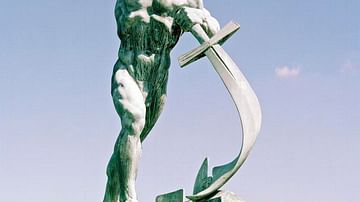
Image
Let Us Beat Our Swords into Ploughshares
Let Us Beat Our Swords into Ploughshares, a bronze sculpture by Soviet artist Evgeny Vuchetich, presented to the United Nations on 4 December 1959.
Garden of the United Nations Headquarters, New York.

Interview
Interview: UNESCO Archives Digitization Project
Ancient History Encyclopedia has partnered with the UNESCO Archives, which we are very excited about. Our mission aligns very much with UNESCO, wanting to bring about peace and international understanding to the world through cultural heritage...
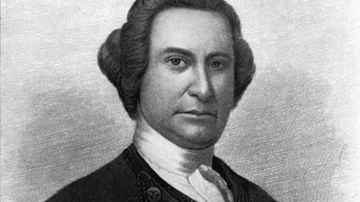
Definition
Sir William Johnson
Sir William Johnson, 1st Baronet (l. c.1715-1774) was a British military officer, diplomat, and Superintendent of Indian Affairs. He was instrumental in aligning the Native Americans of New York with the British during the French and Indian...
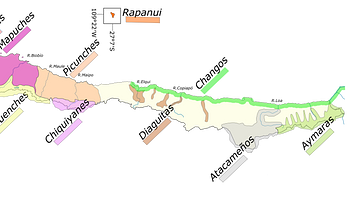
Article
Indigenous Intercultural Health in Chile
Since the return to democracy in Chile in 1990 CE, the new governments have dealt with one of the great historical debts of the Chilean state, its relationship with the indigenous peoples. These peoples have been historically marginalized...
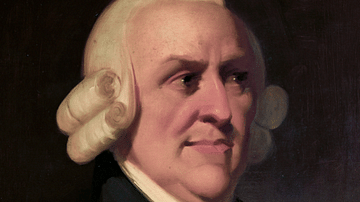
Definition
Adam Smith
Adam Smith (1723-1790) was a Scottish philosopher, economist, and leading Enlightenment figure. In The Wealth of Nations, he advocates free trade and limited interference in markets by governments, for which he is seen as the founder of liberal...
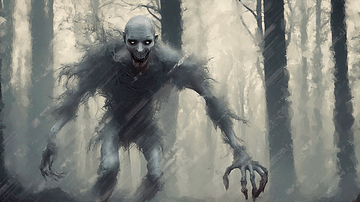
Article
Ten Native American Legendary Creatures You Need to Know
Native American lore features many legendary creatures and supernatural entities that were understood as beneficial to humanity but just as many that posed serious threats to be avoided. These beings, although frightening, often served an...
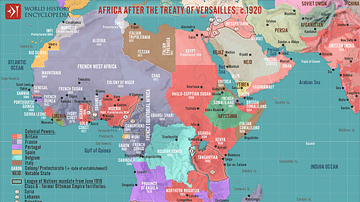
Image
Africa after The Treaty of Versailles, c.1920
A map illustrating the geopolitical situation in Africa after World War I - the continent still under European colonial domination, with only a few areas having gained independence or achieved limited autonomy. Although many African soldiers...
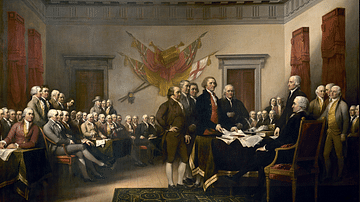
Definition
Second Continental Congress
The Second Continental Congress was the body of delegates that governed the Thirteen Colonies and, later, the United States during the American Revolutionary War. Between its first session in May 1775 and its disbandment in March 1781, the...
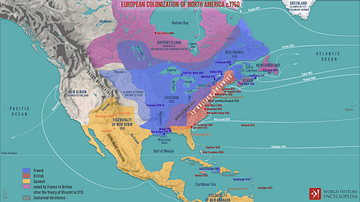
Image Gallery
5 Maps on the Origins of the United States
In this gallery of five maps, we examine the creation and expansion of the United States from the colonization of North America by European powers to the routes of the explorers who pushed ever westwards to the Pacific coast. Here we can...
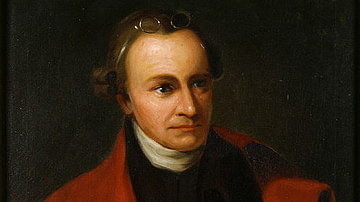
Definition
Patrick Henry
Patrick Henry (1736-1799) was a Virginian lawyer and politician who played a vital role in the American Revolution (c. 1765-1789). Known for his brilliant oration, including the famous Give Me Liberty or Give Me Death speech, Henry served...